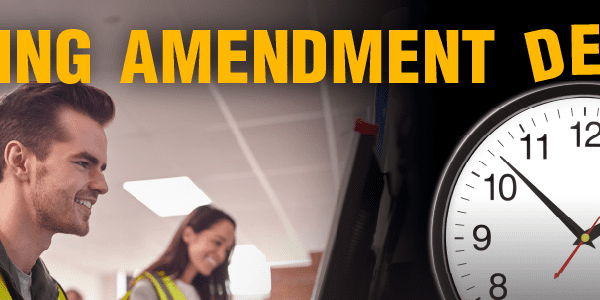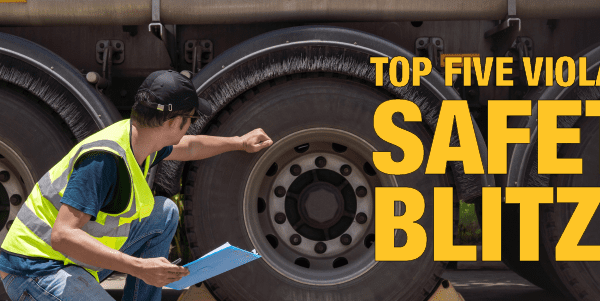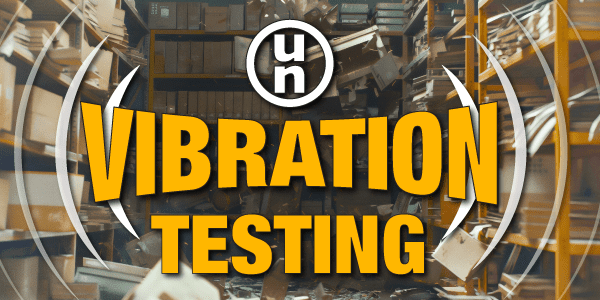Labels, Placards, Segregation, Documentation, SDSs & Emergency Response
Welcome back to the Regulatory Helpdesk where we answer your dangerous goods & hazmat questions. We’re here to help you become independent with – and understand the whys and hows – of the regulations.
Here are the top 6 questions from last week.
SDS and Workplace Labels
- Q. If I have a product like a concentrated cleaner which is corrosive to the eyes and skin that I water down at my facility, do I need a new SDS and workplace labeling?
- A. You have 2 options. You can use the SDS as provided to create your workplace labeling. This may cause concern with your workers. However, it would be better for you to develop your own and re-evaluate the product using the hazards presented in the watered-down version. It is possible, depending on how diluted it is, to move into the irritation or non-hazardous range.
Listing Canutec or Chemtrec on Lithium Battery Marks
- Q. Regarding the new battery mark, am I allowed to add “in case of emergency, contact Chemtrec”?
- A. The regulations are pretty clear (DOT §173.185(c)(3) and IATA 7.1.5.5). What should be listed there is a phone number for “additional information”. There should be no extra phrasing other than phone number itself. As for listing Chemtrec, Infotrac or even Canutec, those are 3rd party Emergency Response Providers and would not be appropriate to include in that section of the marking.
Segregation
- Q. Does 49 CFR require segregation of Class 6.1 (PGI) from food cargo onboard vehicles?
- A. Yes. Reference 49 CFR §173.25(c) and §177.841(e).
Worded Labels in Canada (TDG)
- Q. Can IBC with worded hazard labels be re-shipped in Canada?
- A. Since labels are permitted on IBC this should be acceptable following the provisions of TDGR 9.4. Although, for large means of containment, placards must be changed to be displayed “in accordance with Part 4…”, since 4.15.3 permits labels on IBC, this aspect of 9.4 should apply – as long as shipping documents are annotated and the vehicle is placarded appropriately.
Mix ‘n Match Placards and Labels
- Q. Does TDG allow the use of a placard on one side of an IBC and a label on the other?
- A. This would not be permitted since TDGR 4.15.3 specifies two placards or two sets of safety marks complete with labels.
UN Regulations
- Q. Do the UN DG Regulations take precedence over national regulations?
- A. No. The UN are “model recommendations”. Countries, as sovereign states, may decide whether to accept the UN Model (or other -e.g. modal) regulations unconditionally, conditionally, or partially, depending on circumstances.
- Q. Is it true that a consignor in Canada is only required to retain shipping papers for two years?
- A. Although the TDGR §3.11 specifies two years, §2.2.1(1) requires consideration of a five year record to be able to comply with “proof of classification” requirements. The Transport Canada “Shipping Document Guidance Bulletin” refers to “at least 2 years”. The 5 year would not apply to carriers, and (although “paper” is required on-board vehicles during transport) §3.11 permits electronic retention for both consignors and carriers. Transport Canada is considering reconciliation of §3.11 with §2.2.1 in an updated FAQ and/or amendment.






In regards to the question related to “Listing Canutec or Chemtrec on Lithium Battery Marks” and the subsequent response, in IATA’s 2018 Lithium Battery Guidance Document, on page 12 paragraph J, it mentions that it also is acceptable to use an emergency response, 24-hour phone number on the lithium battery mark.
Karrie Monette-Ishmael, thank you ever so for you post.Much thanks again.
Glad you found it helpful!